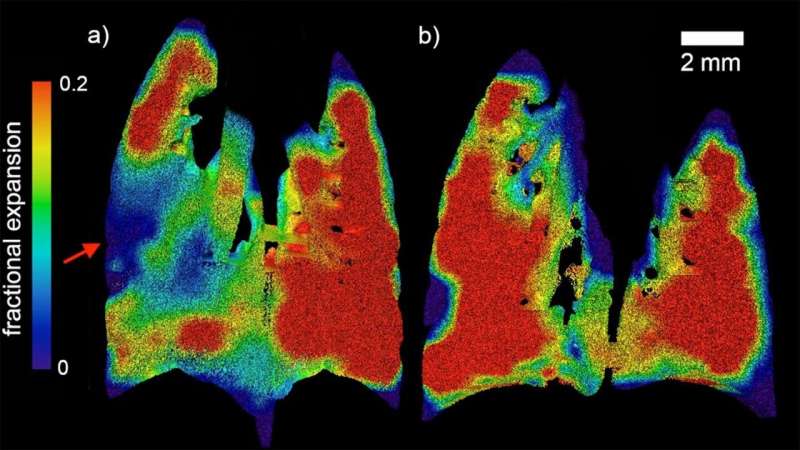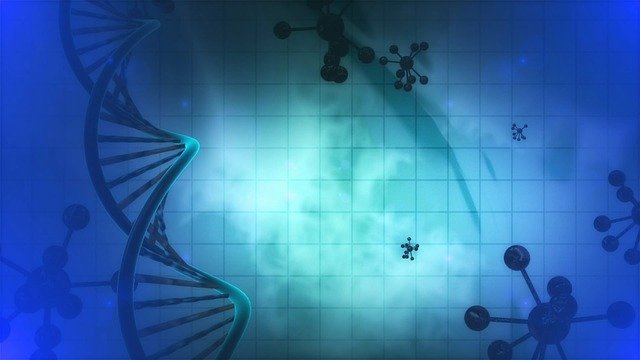Antibiotic resistance is an ancient and mounting problem. Common causes are overpopulation, increased use of antibiotics, and even due to enhanced global migration. For a long time, antibiotic treatment has been the main approach of treatment in modern medicine to combat infections. The golden era of antibiotics was between the 1930s to 1960s, giving rise to many antibiotics. Antibiotic resistance poses a very serious global threat due to the growing concern of human and animal health. This is due to multidrug-resistant bacteria or popularly known as “superbugs”.
The plausible causes of global microbial resistance include overuse of antibiotics in animals consumed as food by humans. Other superficial causes include, increase in international travel and poor hygiene. These factors mainly play a role in the genetic selection in a community of resisting antibiotics.
History and Benefits of Antibiotics:
The first documented use of antibiotics was with the discovery of penicillin by Alexander Fleming during the world war. Penciliine was successful in controlling the bacteria and was said to have saved millions of lives. Shortly after the boom in usage, the penicillin resistance was a major problem, threatening many of the advances in the medical field at that time. What was thought as just penicillin resistance later proved to be a multidrug resistance. Microorganisms under Darwinian natural selection to develop the resistance. Naturally, most antibiotics are produced using bacteria or environmental fungi, and few are completely synthetic using sulphonamides and fluoroquinolones.
Not only saving lives, but antibiotics have also played a vital role in advancing major breakthroughs in the field of surgery and medicine. They have successfully prevented and treated infections that commonly occur in patients undergoing chemotherapy, who are also suffering from chronic diabetes or rheumatoid arthritis.
Overuse:
Even as early as 1945, Alexander Fleming with the discovery of penicillin, also warned the public that the era of antibiotics will also lead to the era of misuse and resistance. Epidemiological studies depict a direct relationship between the consumption of antibiotics and the rise in bacterial resistant diseases. These bacteria can be transmitted or inherited between relatives and friends. Resistance can also occur due to spontaneous mutation. Antibiotics remove the sensitive competitors and leave the resistance bacteria by natural selection to reproduce and multiply more. Despite these warnings, antibiotics are overprescribed throughout the world.
Agricultural use:
In both developing and developed worlds, antibiotics are seen to be used very frequently as growth supplements in livestock. According to a census, almost 80% of the antibiotics sold throughout the world are used in animals to prevent infection and promote growth. Treating livestock with antimicrobials can improve overall health, produce larger yields, and an overall high-quality product.
The antibiotics used in treating livestock is in turn consumed by the top of the food chain- humans. This transfer of resistant bacteria to humans was first noticed 35 years ago when the antibiotic rates were found high in the intestines of both farm animals and farmers. Recently molecular detection methods prove that resistant bacteria from farm animals reach humans through consumption.
It should also be noted that the agricultural use of antibiotics also thrive in urine and stool. These are widely dispersed through fertilizers affecting the groundwater and surface. While this may account for a small fraction of overall antibiotic use, the end geographical spread can be a considerable size. This practice also affects the micro
The emergence of resistance:
Organisms develop resistance by several techniques including altering the target site of binding, inhibiting the drug entry, and enzyme production that leads to the degradation of antimicrobials.Various antimicrobial drugs like antibiotics produced by saprophytic bacteria tend to develop mutual benefits with the other organisms surrounding it and sometimes even inhibit growth. Available data suggest that the sublethal concentration is the antibiotics have a significant impact on the microbial flora, and may even be effective in signalling molecules which may induce a microbial and host gene expression.
Another important finding reveals that few saprophytic bacteria is capable of producing a broad-spectrum antibiotic known as carbapenems. Various genes involved in constructing this antibiotic may also play an important role in biofilm formation. These findings reveal more unexpected impacts of the antibiotics.
More knowledge is needed to the extent of the broad-spectrum antimicrobial resistance. Current panic is due to the inadequate information. The future cannot be predicted with surety at the stage with regards to the resistance with the unavailability of novel antibiotics. Multiple well thought strategies need to be in place to confront this particular issue. Regulations should be implemented by every country to monitor prescriptions and the use of antibiotics. Environmental and ecological issues should not be ignored and all elements should be part of the control policy. Alternatives to antibiotics such as lytic bacteriophages vectors and probiotics can potentially help to decrease the use of antibiotics.







